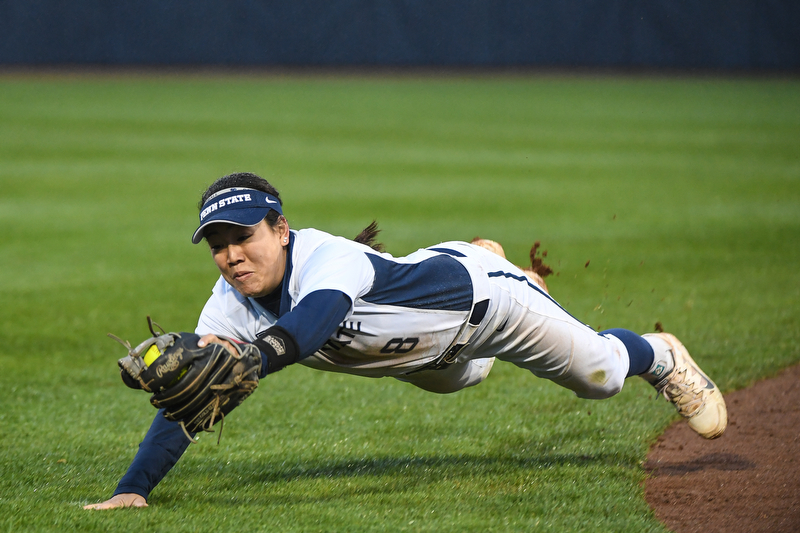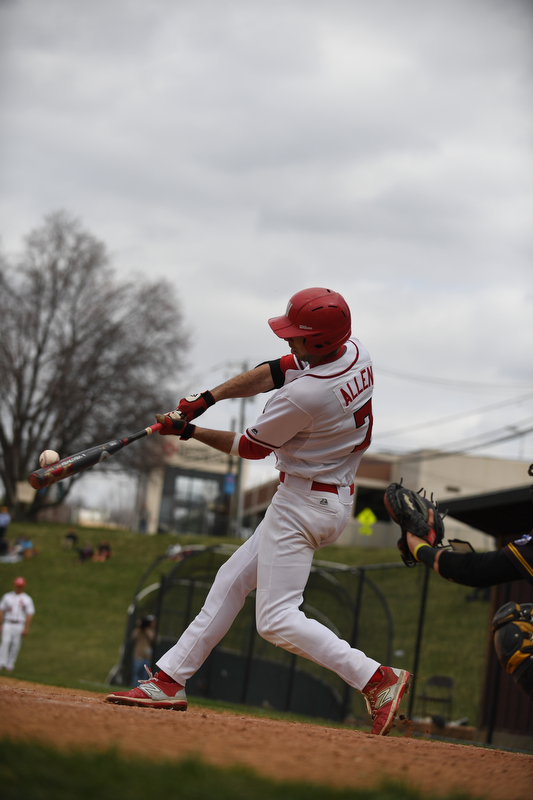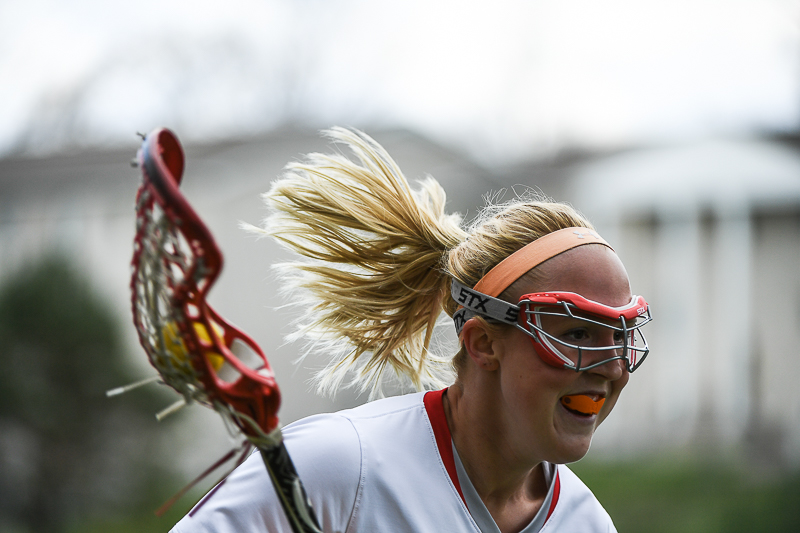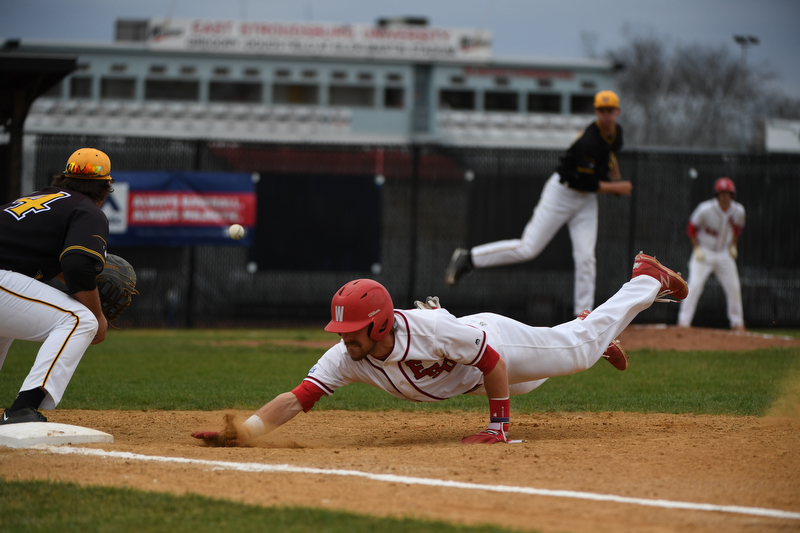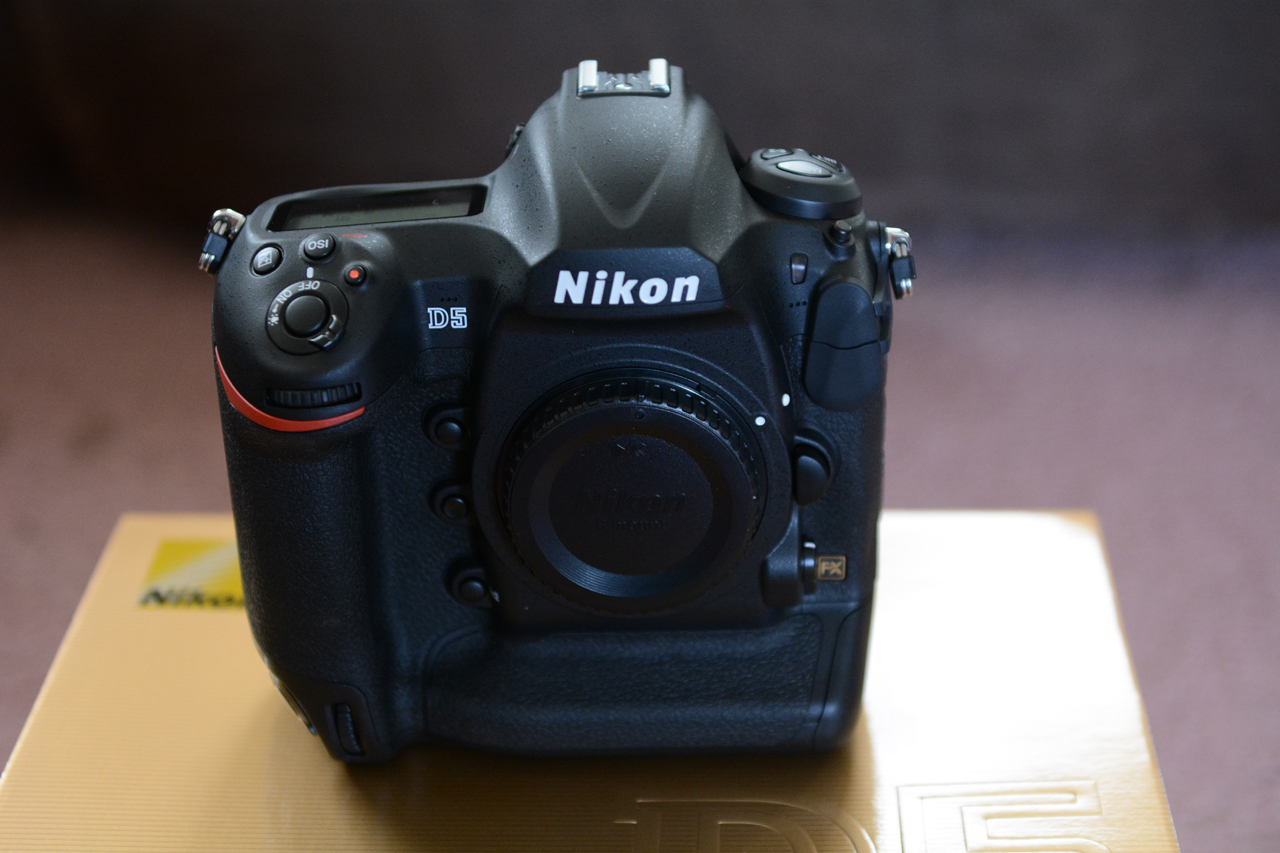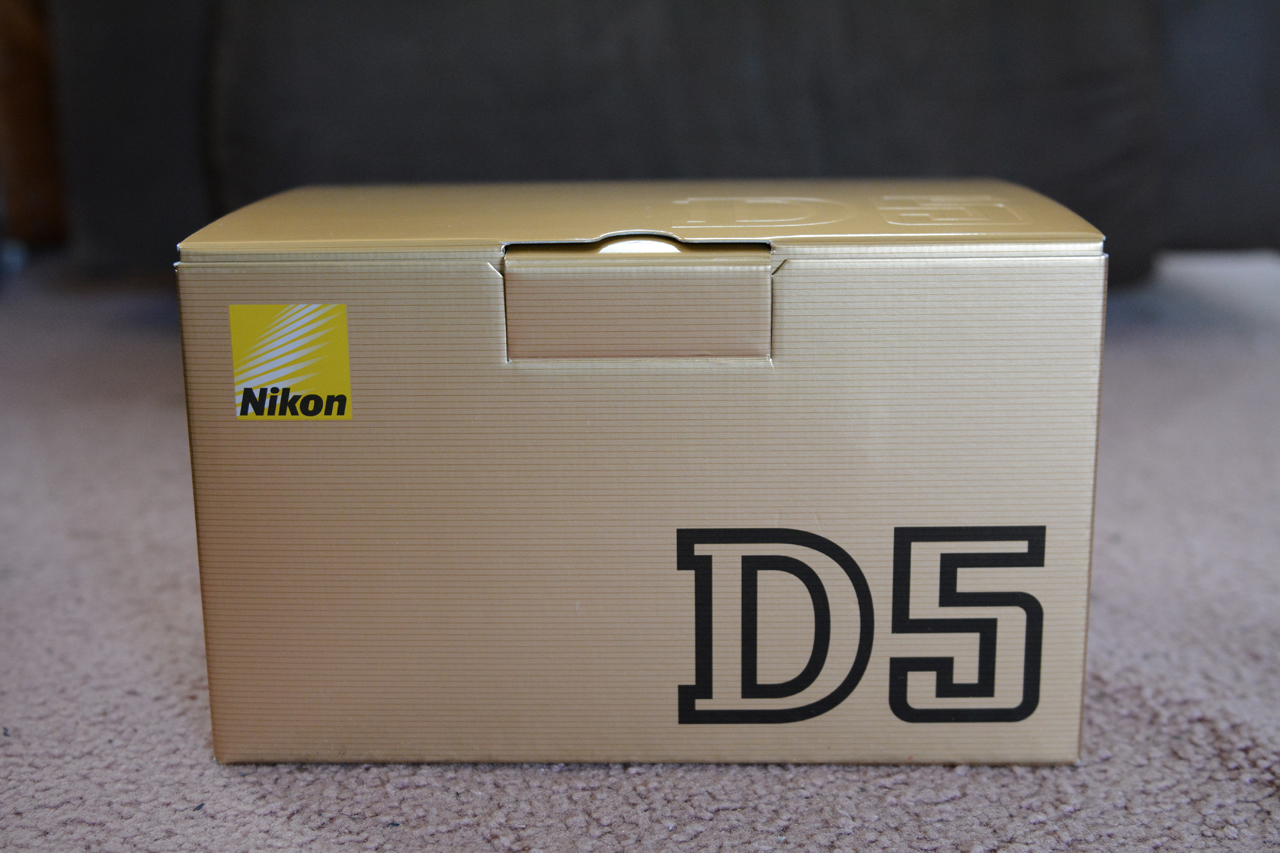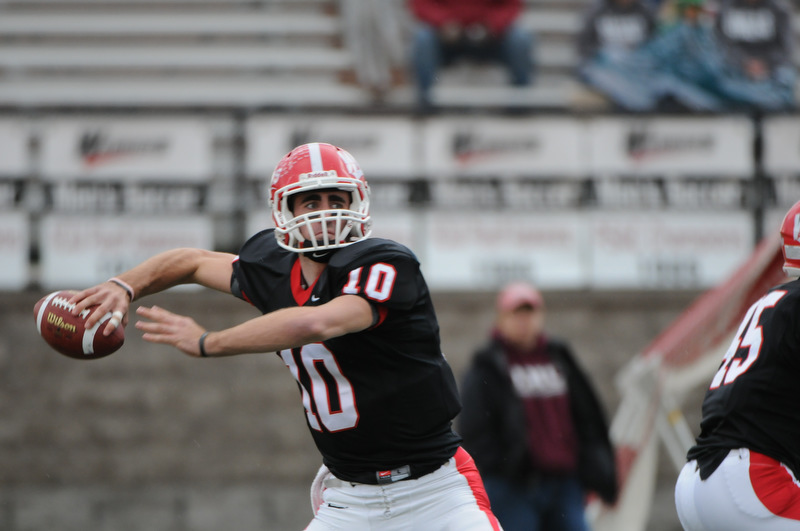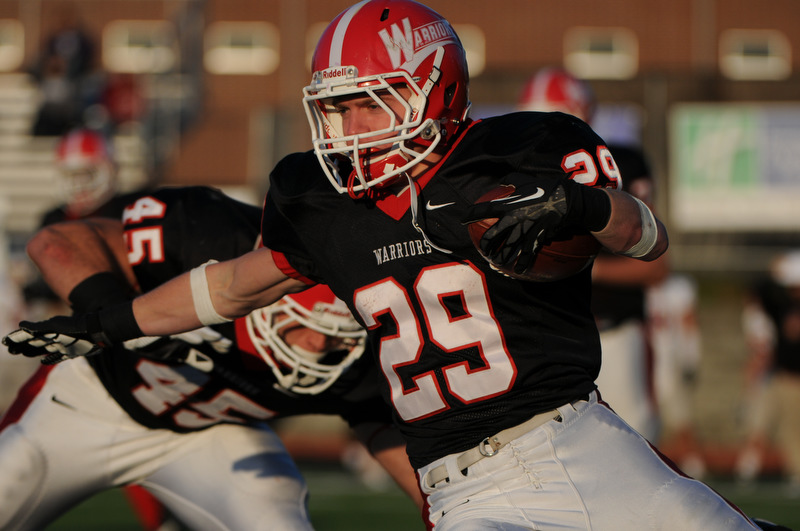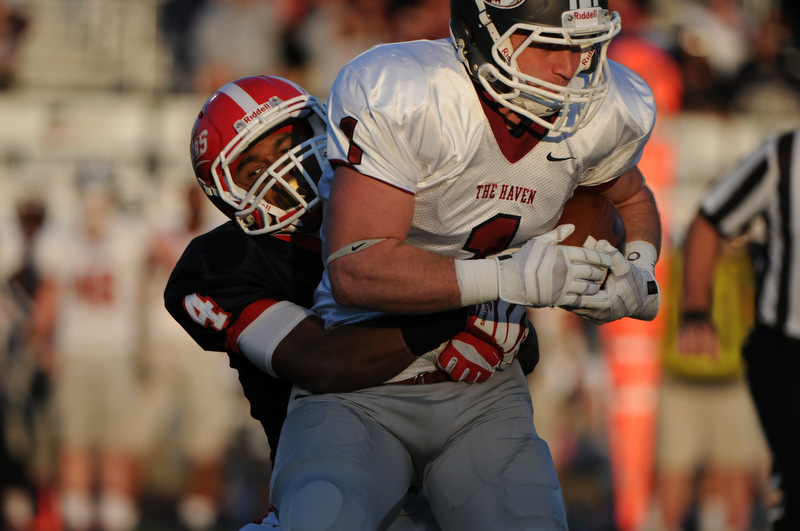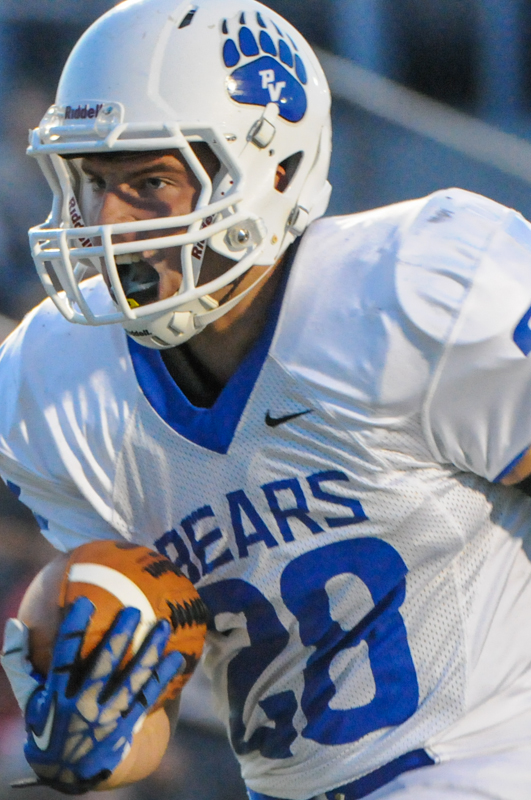I cannot say nearly enough about the new flagship Nikon D5 camera body. Words just cannot do it justice. The photos I am producing are clearly focused and capture the action I need in my sports photography. In fact, the new focusing system is clearly a standout. I am accustomed to using the 3D tracking mode when focusing on athletes. When I turned this feature on in my new D5 I was amazed at the difference from my D300 and D7100. It just rocks! I am getting more consistently focused images even while the subjects are moving at breakneck speeds. If the focusing upgrade was the only improvement this new camera offered, it alone would be worth it.
Like with any new camera body, it takes a while to learn all the nuances and differences. However, moving from my older D300 and D7100 was a breeze in getting me shooting initially with the D5. It is comfortable in my hands and has all the common external buttons, dials, and features I need when shooting sports. It was a very smooth and easy transition so far for me. I am still reading through the manual to learn more about the new camera body but I can tell you this was the best purchase I made in a long, long time.
The high ISO settings sound almost unbelievable. I still need to experiment more with these settings, but I am not seeing much, if any, noise in the settings I’ve been using so far. This was one of the reasons I decided to purchase this camera. I shoot sports most of the time and some wildlife, so lighting is difficult much of the time in my shooting conditions. Indoor field houses, high school gyms, and high school football stadiums are common places for me to shoot. Unfortunately, the lighting is usually not so good and I always seem to be pushing the envelope with the higher ISO settings in my D300 and D7100. The D7100 was definitely a big improvement that I noticed right away, but it still was not perfect, especially when shooting with my Nikon 200-400mm f/4 lens. Now, I cannot wait for the next indoor sports season to see how this D5 performs. Outdoor sports already were well under way when my D5 arrived, so it will be some time before I get to make these tests in-depth.
